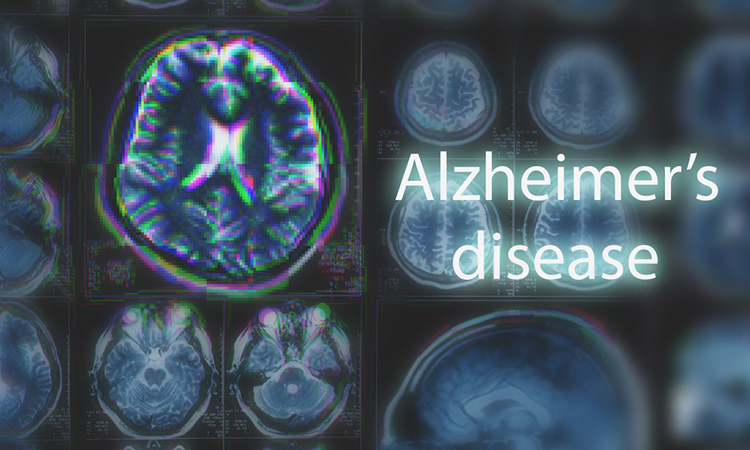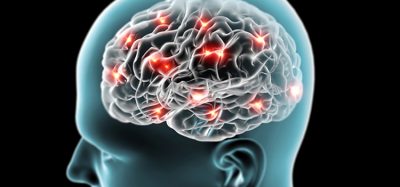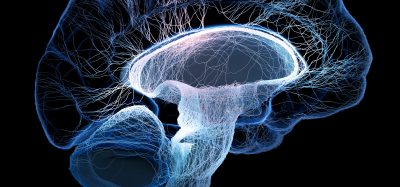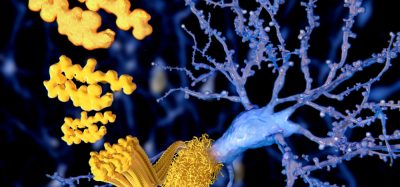Higher levels of lean muscle may protect against Alzheimer’s disease
Posted: 30 June 2023 | Izzy Wood (Drug Target Review) | No comments yet
Individuals with higher levels of lean muscle may have a reduced risk of developing Alzheimer’s disease. While further research is needed to understand the underlying biological pathways and implications for clinical practice, these findings shed light on the potential role of lean muscle in protecting brain health.

High levels of lean muscle could potentially offer protection against Alzheimer’s disease, according to a comprehensive study published in the open access journal BMJ Medicine. The study authors, however, emphasise the need for further research to uncover the biological mechanisms involved, as well as the clinical and public health implications.
Previous studies have linked obesity to an increased risk of Alzheimer’s disease, possibly due to heightened inflammation, insulin resistance, and higher levels of amyloid β, a protein harmful to brain health, in fat tissue.
Lower levels of lean muscle have also been associated with a higher risk of Alzheimer’s disease, but it remains uncertain whether this association occurs before or after a diagnosis.
To investigate this further, the researchers employed Mendelian randomisation, a technique that utilises genetic variants as proxies for specific risk factors, in this case, lean muscle, to gather genetic evidence supporting the connection with Alzheimer’s disease risk.
The study analysed data from 450,243 participants in the UK Biobank, along with an additional independent sample of 21,982 individuals with Alzheimer’s disease and 41,944 without the condition. To validate the findings, a further sample of 7,329 individuals with Alzheimer’s disease and 252,879 without were included, as well as 269,867 participants from a genes and intelligence study
Using bioimpedance, a method that measures the flow of electric current through the body to estimate body composition, the researchers calculated lean muscle and fat tissue in the arms and legs. The results were adjusted for age, sex, and genetic ancestry.
The study identified 584 genetic variants associated with lean muscle mass, none of which were found in the APOE gene region known for its association with vulnerability to Alzheimer’s disease. Collectively, these genetic variants accounted for 10 percent of the variation in lean muscle mass among the participants’ arms and legs.
On average, higher genetically proxied lean muscle mass was linked to a modest but statistically significant reduction in the risk of Alzheimer’s disease.
These findings were replicated in the additional sample of 7,329 individuals with Alzheimer’s disease and 252,879 without. Different measures of lean muscle mass, such as trunk and whole body, were used in this replication study.
While lean mass was also associated with improved cognitive performance, this relationship did not explain the protective effect of lean mass against Alzheimer’s disease risk. Additionally, when adjusted for lean mass, body fat showed no association with Alzheimer’s disease risk but was associated with poorer cognitive task performance.
The researchers state, “These analyses provide new evidence supporting a cause-and-effect relationship between lean mass and the risk of Alzheimer’s disease.” They also emphasise the importance of distinguishing between lean mass and fat mass when investigating the impact of adiposity measures on health outcomes.
Nevertheless, the study authors caution that these findings must be corroborated by independent lines of complementary evidence before informing public health or clinical practice. They also stress the need for further research to determine the cutoff values for age and degree of Alzheimer’s disease pathology, beyond which modifications of lean mass may no longer reduce the risk.
Moreover, it remains unclear whether increasing lean mass could reverse Alzheimer’s disease pathology in patients with preclinical disease or mild cognitive impairment.
Despite these uncertainties, the researchers conclude that if future studies confirm their findings, “public health efforts to increase lean mass in the population, potentially through campaigns promoting exercise and physical activity, may help reduce the burden of Alzheimer’s disease.”
Related topics
Genetic Analysis, Neurosciences
Related conditions
Alzheimer’s disease







